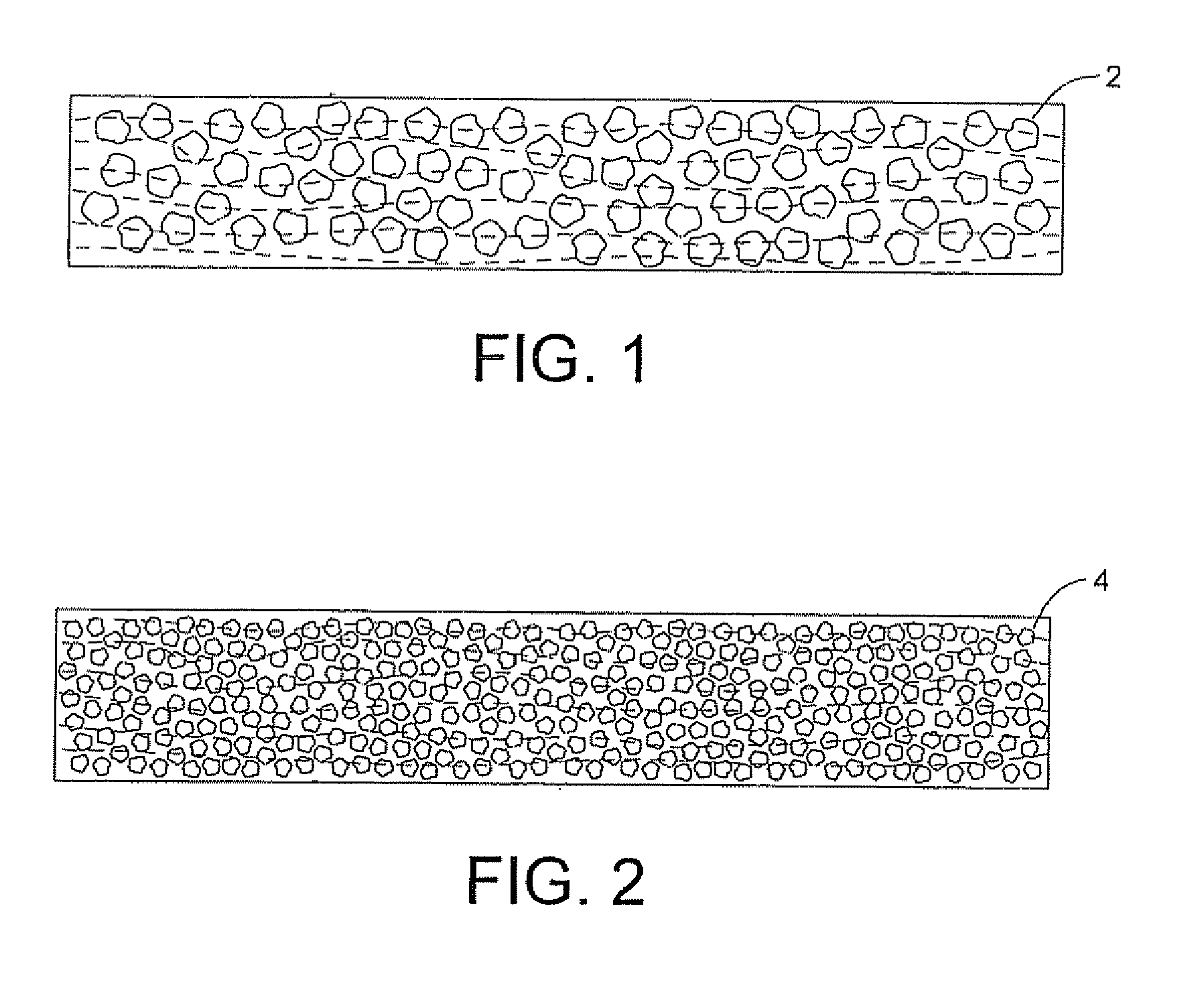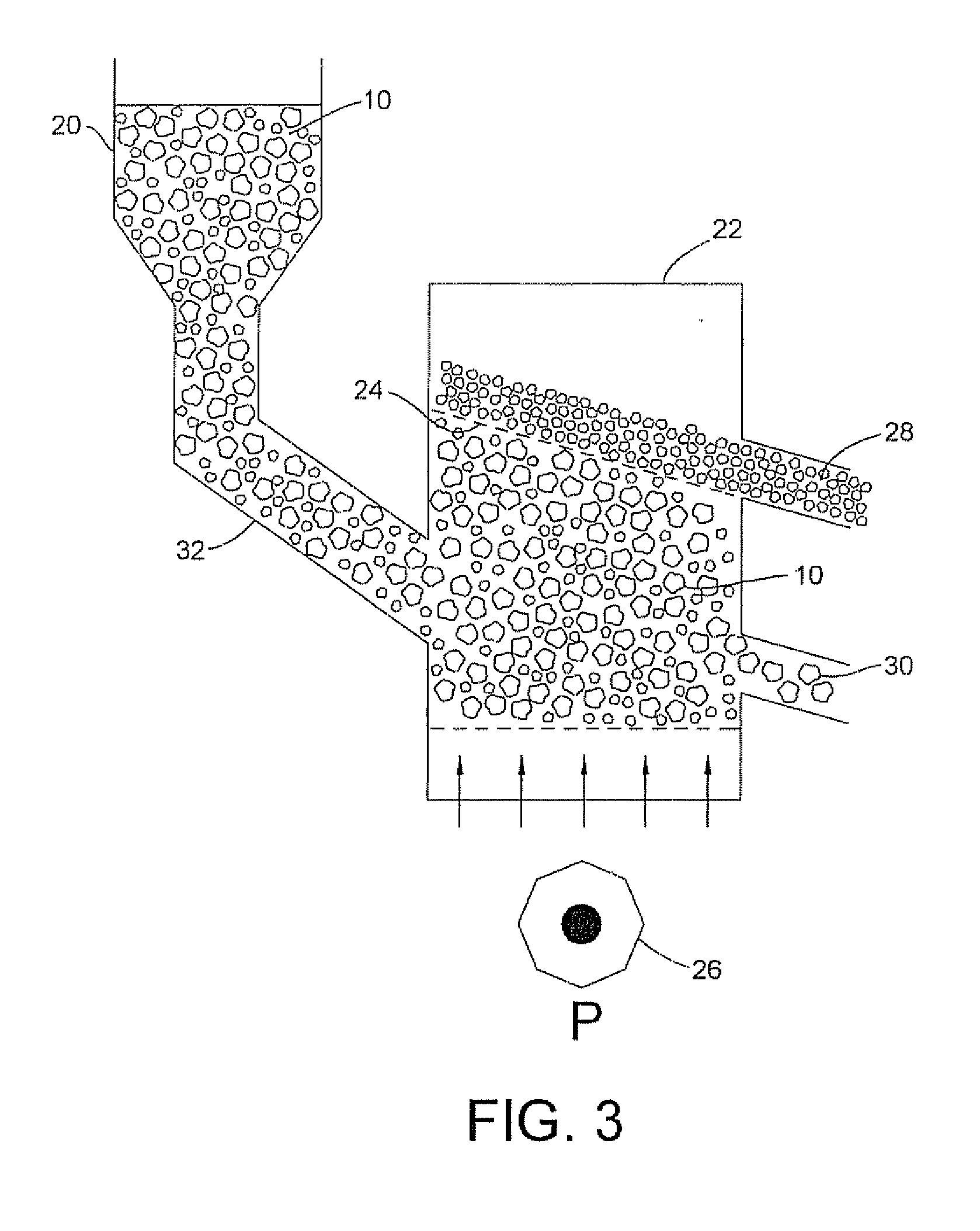Bio-Plastic Composite Material, Method of Making Same, And Method of Using Same
a bio-plastic composite material and composite material technology, applied in the field of composite materials, can solve the problems of unmarketable bio-plastic composite materials, achieve the effects of enhancing composite properties, enhancing strength and stiffness characteristics, and increasing the amount of biological materials
- Summary
- Abstract
- Description
- Claims
- Application Information
AI Technical Summary
Benefits of technology
Problems solved by technology
Method used
Image
Examples
Embodiment Construction
[0031]The following disclosure will detail particular embodiments according to the present invention, which provides bio-plastic composite materials, and methods of making the same. First, constituents of bio-plastic composite materials are described. Then methods of preparing the constituents, particularly, methods of processing biological material are explained. Finally, various methods of manufacturing bio-plastic composites are provided.
[0032]Bio-Plastic Composite Constituents
[0033]The bio-plastic composite materials of the present invention include at least one biological material, at least one plastic material, and may include one or more of odor controlling agents or additives.
[0034]Biological Materials
[0035]The biological material in the bio-plastic composite materials may constitute any suitable agricultural grain including, for example: corn, soybean, wheat, barley, oats, sorghum (milo), sunflower, safflower, buckwheat, flax, peanut, rice, rape / canola, rye, millet, tritica...
PUM
| Property | Measurement | Unit |
|---|---|---|
| width | aaaaa | aaaaa |
| thickness | aaaaa | aaaaa |
| pressure | aaaaa | aaaaa |
Abstract
Description
Claims
Application Information
 Login to View More
Login to View More - R&D
- Intellectual Property
- Life Sciences
- Materials
- Tech Scout
- Unparalleled Data Quality
- Higher Quality Content
- 60% Fewer Hallucinations
Browse by: Latest US Patents, China's latest patents, Technical Efficacy Thesaurus, Application Domain, Technology Topic, Popular Technical Reports.
© 2025 PatSnap. All rights reserved.Legal|Privacy policy|Modern Slavery Act Transparency Statement|Sitemap|About US| Contact US: help@patsnap.com



